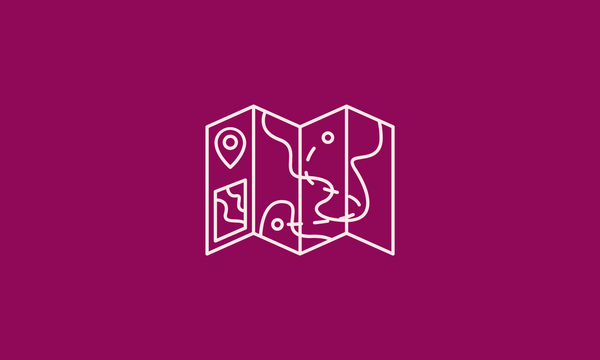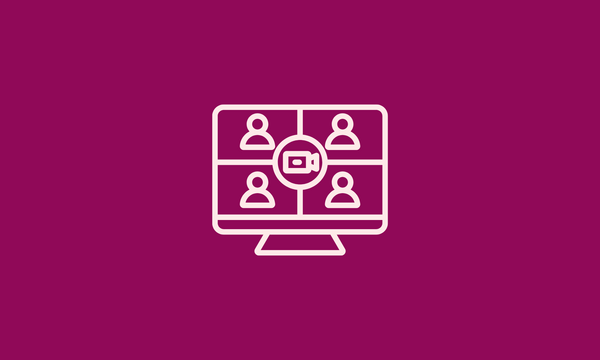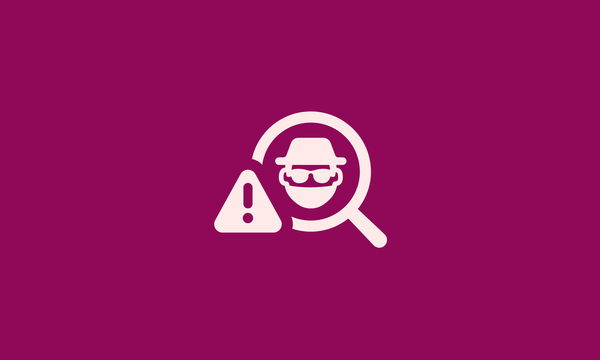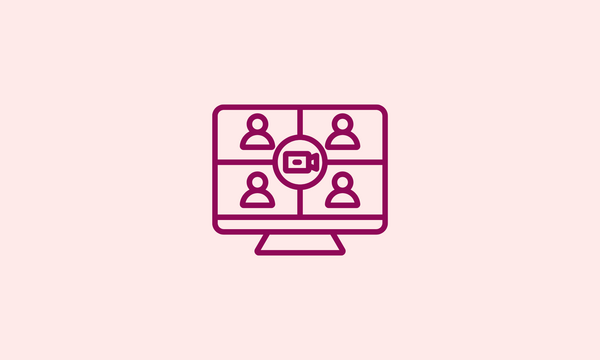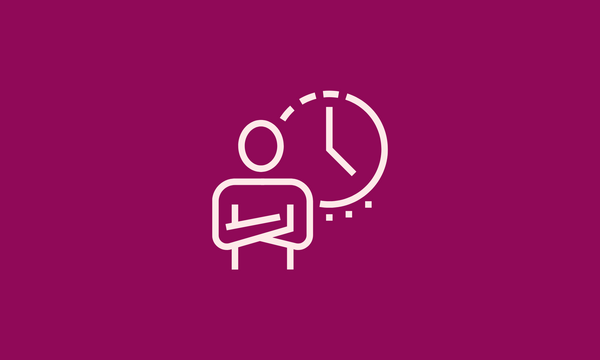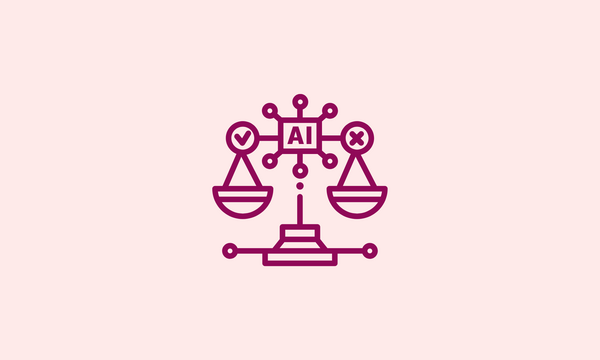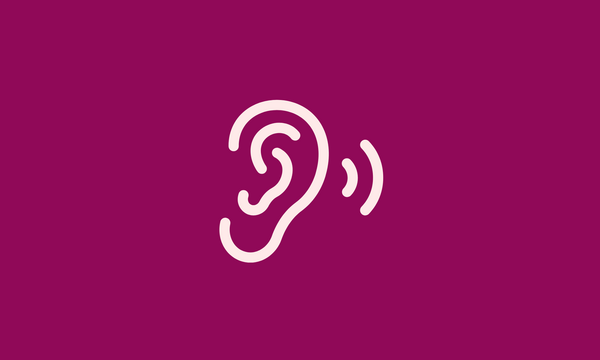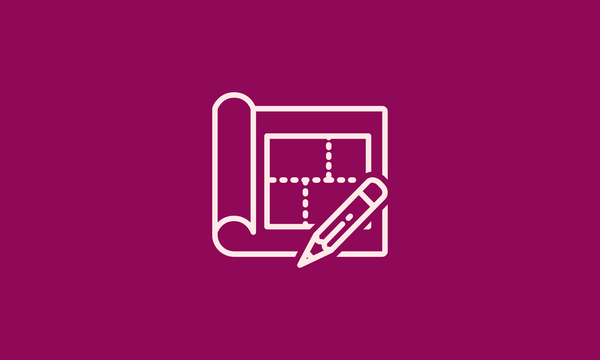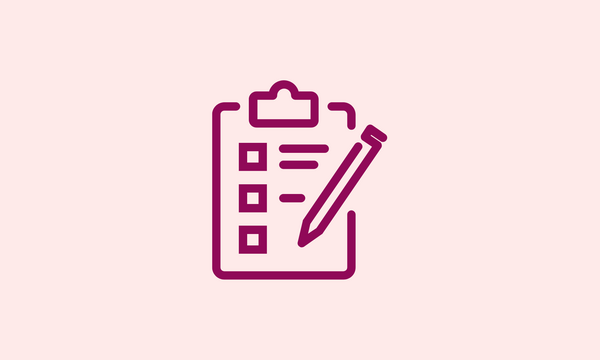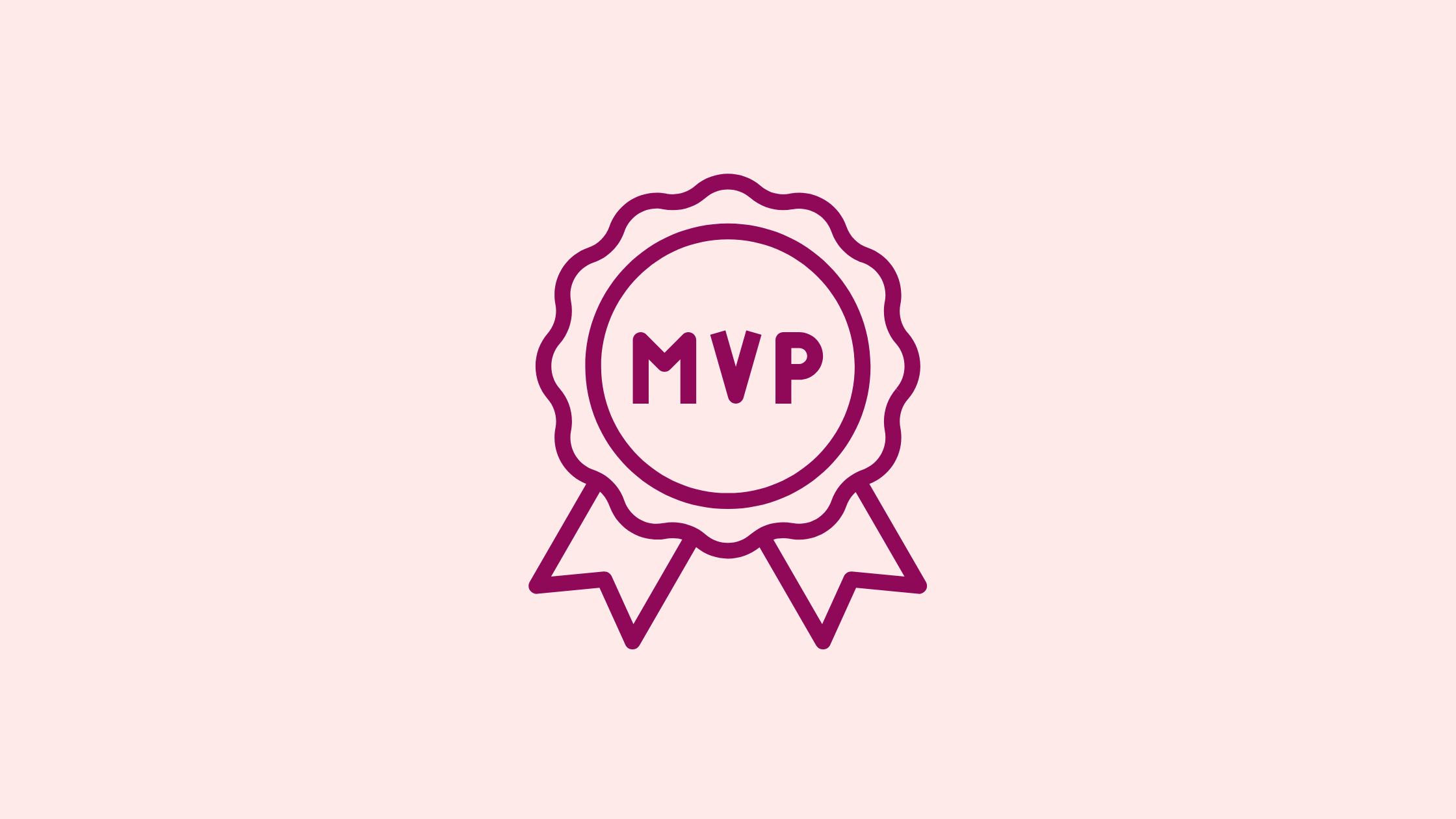
How Minimum Viable Products Maximize Your Chance of Success
Picture this — you’ve just created a partnership to develop an exciting digital project, and you can’t wait to get started. The catch? Your team is brand new, and you only have three months to deliver something for an industry conference.
That’s exactly where our team of staff and collaborators found themselves this November, when Code for Canada partnered with the Labour Market Information Council (LMIC).
LMIC is a non-profit working to improve access to labour information data to people across Canada. They wanted to create digital tools that would leverage the power of their existing Data Hub to benefit career service organizations and the career development professionals that work with them.
We joined forces in November, and were able to co-develop not one but two Minimum Viable Products in just under three months. Read on to find out how we did it.
The Challenge
LMIC partnered with two career service organizations for the project, each with their own specific needs and goals.
myBlueprint is a Canadian education technology company that helps young people with career planning decisions. We were going to co-develop a microsite that would provide up-to-date and accurate labour market information to help high school students explore different career paths.
The Université Laval’s School of Counseling and Guidance is a practical training centre for students in the Master’s program in Career Development Sciences. We were going to co-develop a digital tool to help students and career development professionals access labour market information.
Both of these projects presented two main challenges.
1. The race against the clock
Our team came together at the beginning of November, but we had to deliver two working prototypes by January 2023, when Canada’s national career development conference, Cannexus, was taking place.
That didn’t leave us a lot of time to:
- Start working together as a team
- Conduct a discovery phase
- Understand the clients’ needs and bring an/ MVP to life
2. Understanding our partners
Our partners at myBlueprint and the Université Laval were wonderful. But working with the Université did present some specific challenges — first, we were working in French, which stretched our team’s bilingual muscles. Second, we were working with folks who weren’t as familiar with our digital ways of working.
We had to work quickly to gain their trust and explain how we work.
The Solution
These weren’t small challenges, but we had some good tools in our toolbox.
We deployed Code for Canada’s project staff to figure out a path forward. That meant:
- Conducting a thorough validation of existing discovery, and conducting fresh discovery to uncover new ‘unknowns’ and confirm requirements
- Establishing iterative, agile sprint rituals on a weekly or bi-weekly basis
- Refining and prioritizing the backlog of features and activities in our sprint planning meetings
- Delivering prioritized features throughout the sprint
- Demo-ing work-in-progress to project stakeholders
- Incorporating feedback into our backlog to be prioritized and delivered against
There were also two main areas we focused on to create MVPs we were proud of.
1. User-centred design
If you know anything about our work here at C4C, we can’t stop talking about the importance of user-centred design.
We employed a user-centred approach, bringing in real users throughout the design process by conducting idesign sprints made up of user flows and user interviews.
We’re proud to say our current MVPs are both usable and accessible, and we will continue to test and tweak to make improvements in the coming months.
2. Analytical analysis
We also installed Hotjar on both web applications to help us better understand our users’ behaviours, feelings, and pain points. The tool showed us recordings and heatmaps of users’ screens, including where they click on the page, the browser they’re using, and whether they’re on mobile or desktop. Most importantly, we were able to analyze this information while being compliant with GDPR and respecting the user’s privacy.
The Outcome
We have two MVPs we were excited to share at the Cannexus Conference.
Using LMIC data, we co-developed a web app for myBlueprint where high schools students can explore and compare occupations, and a web app for the Université Laval that will help university counselors discuss helpful labour market information with clients and students.
This is just the first milestone in this phase of the project. After the conference, we will analyze the feedback gathered and prioritze the features for our second milestone at the end of March.
We’re proud of what we were able to accomplish, and excited to build on this progress.
Interested in working together?
Did reading about this work spark an idea? We’d love to hear from you.
End of articles list
